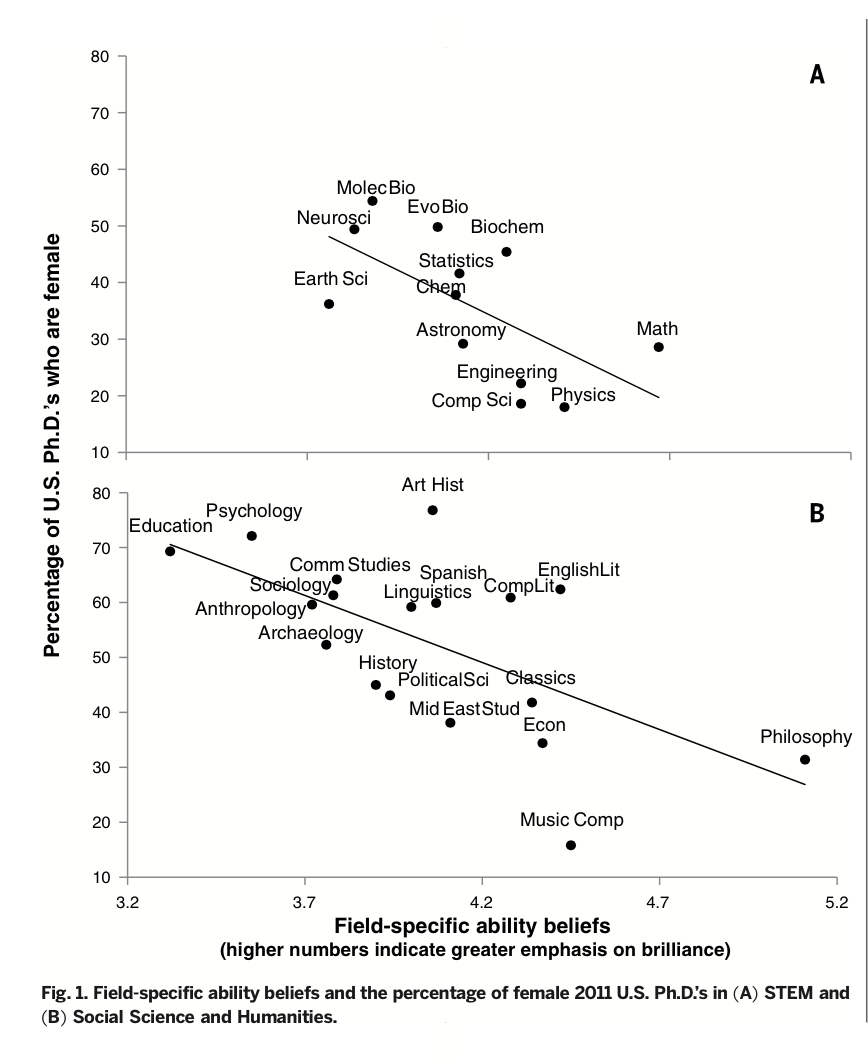Contributed by Michael Tremmel
During the past 10 years, the Pre-Major In Astronomy Program (Pre-MAP) at the University of Washington (UW) has been a concerted effort to recruit and retain underrepresented students in science, technology, engineering, and mathematics (STEM) fields. The program is meant to give freshman undergraduate students an introduction to scientific research in astronomy. The bulk of Pre-MAP takes place in the form of a seminar taught by a graduate student where students learn computer programming (Unix, bash, python, etc), practice reading scientific articles, and in the latter half of the course, get paired up with mentors to work on a short (5 week) research project. The general philosophy behind Pre-MAP is that students who are introduced to research and made to feel a part of a broader academic community will be more likely to continue and succeed in STEM fields. By the end of the program, Pre-MAP students have an entire cohort of peers, graduate students, and a contingency of faculty and post-docs with which they feel comfortable interacting. Often students continue these relationships beyond Pre-MAP, allowing them to continue research and get academic help and advice. According to an in-depth student evaluation, interacting with graduate students is particularly beneficial for our students, as it provides them with role models and encourages them to imagine themselves as scientists.
Recently, some of us involved with Pre-MAP conducted an analysis of the program's success (Garner et. al 2013). We examine the program in the context of
- Recruitment
- Student academic performance
- Student retention rate
- Time to graduate
In its first 10 years of existence, Pre-MAP has been a great success and all of us involved look forward to many more years of encouraging and enabling young students to study STEM. It is our hope that Pre-MAP can be used as a guiding example of a successful diversity effort. Of course, Pre-MAP is not the only diversity program around. Since its inception, several such efforts have been started at a variety of different institutions, each with their own emphasis and structure. A few examples:
- Columbia's Bridge to PhD Program
- Boston University's Pre-Majors Program
- CUNY/AMNH/Columbia's AstroCom
- University of Maryland's Grad-MAP
- And many more...
Resources
- "Evaluation of a College Freshman Diversity Research Program" by Garner et. al 2013
- More Information on Pre-MAP structure, materials, etc
- Download: updated Pre-MAP materials by Michael Tremmel
Discussion Questions
- How can we make a program like Pre-MAP at our institution?
- What are the challenges and/or advantages at our institution for creating such a program?
- How can our department be more welcoming/inclusive to underrepresented undergraduates?
- What can we do to encourage students to pursue research sooner in their academic careers?
